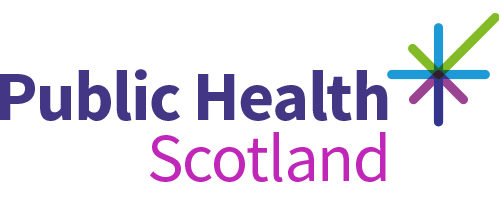- Published
- 17 June 2023
- Journal article
Reactogenicity, immunogenicity and breakthrough infections following heterologous or fractional second dose COVID-19 vaccination in adolescents (Com-COV3): A Randomised Controlled Trial
- Authors
-
- Source
- Journal of Infection
Abstract
Background
This was the first study to investigate the reactogenicity and immunogenicity of heterologous or fractional second dose COVID-19 vaccine regimens in adolescents.
Methods
A phase II, single-blind, multi-centre, randomised-controlled trial recruited across seven UK sites from September to November 2021, with follow-up visits to August 2022. Healthy 12-to-16 years olds were randomised (1:1:1) to either 30 µg BNT162b2 (BNT-30), 10 µg BNT162b2 (BNT-10), or NVX-CoV2373 (NVX), 8 weeks after a first 30 µg dose of BNT162b2. The primary outcome was solicited systemic reactions in the week following vaccination. Secondary outcomes included immunogenicity and safety. ‘Breakthrough infection’ analyses were exploratory.
Findings
148 participants were recruited (median age 14 years old, 62% female, 26% anti-nucleocapsid IgG seropositive pre-second dose); 132 participants received a second dose. Reactions were mostly mild-to-moderate, with lower rates in BNT-10 recipients. No vaccine-related serious adverse events occurred. Compared to BNT-30, at 28 days post-second dose anti-spike antibody responses were similar for NVX (adjusted geometric mean ratio [aGMR]) 1.09 95% confidence interval (CI): 0.84, 1.42] and lower for BNT-10 (aGMR 0.78 [95% CI: 0.61, 0.99]). For Omicron BA.1 and BA.2, the neutralising antibody titres for BNT-30 at day 28 were similar for BNT-10 (aGMR 1.0 [95% CI: 0.65, 1.54] and 1.02 [95% CI: 0.71, 1.48], respectively), but higher for NVX (aGMR 1.7 [95% CI: 1.07, 2.69] and 1.43 [95% CI: 0.96, 2.12], respectively). Compared to BNT-30, cellular immune responses were greatest for NVX (aGMR 1.73 [95% CI: 0.94, 3.18]), and lowest for BNT-10 (aGMR 0.65 [95% CI: 0.37, 1.15]) at 14 days post-second dose. Cellular responses were similar across the study arms by day 236 post-second dose. Amongst SARS-CoV-2 infection naïve participants, NVX participants had an 89% reduction in risk of self-reported ‘breakthrough infection’ compared to BNT-30 (adjusted hazard ratio [aHR] 0.11 [95% CI: 0.01, 0.86]) up until day 132 after second dose. BNT-10 recipients were more likely to have a ‘breakthrough infection’ compared to BNT-30 (aHR 2.14 [95% CI: 1.02, 4.51]) up to day 132 and day 236 post-second dose. Antibody responses at 132 and 236 days after second dose were similar for all vaccine schedules.
Interpretation
Heterologous and fractional dose COVID-19 vaccine schedules in adolescents are safe, well-tolerated and immunogenic. The enhanced performance of the heterologous schedule using NVX-CoV2373 against the Omicron SARS-CoV-2 variant suggests this mRNA prime and protein-subunit boost schedule may provide a greater breadth of protection than the licensed homologous schedule.
Cite as
Kelly, E., Greenland, M., de Whalley, P., Aley, P., Plested, E., Singh, N., Koleva, S., Tonner-Saunders, S., Macaulay, G., Read, R., Ramsay, M., Cameron, C., Turner, D., Heath, P., Bernatoniene, J., Connor, P., Cathie, K., Faust, S., Banerjee, I., Cantrell, L., Mujadidi, Y., Belhadef, H., Clutterbuck, E., Anslow, R., Valliji, Z., James, T., Hallis, B., Otter, A., Lambe, T., Nguyen-Van-Tam, J., Minassian, A., Liu, X., Snape, M. & COM-COV3 Study Group 2023, 'Reactogenicity, immunogenicity and breakthrough infections following heterologous or fractional second dose COVID-19 vaccination in adolescents (Com-COV3): A Randomised Controlled Trial', Journal of Infection. https://doi.org/10.1016/j.jinf.2023.06.007
